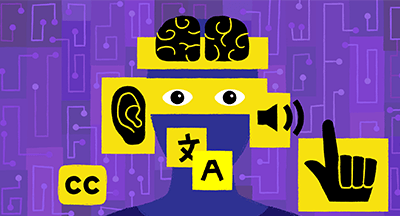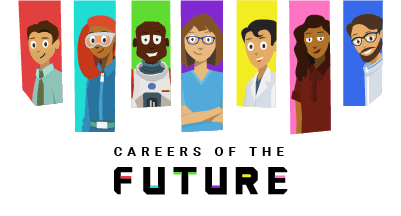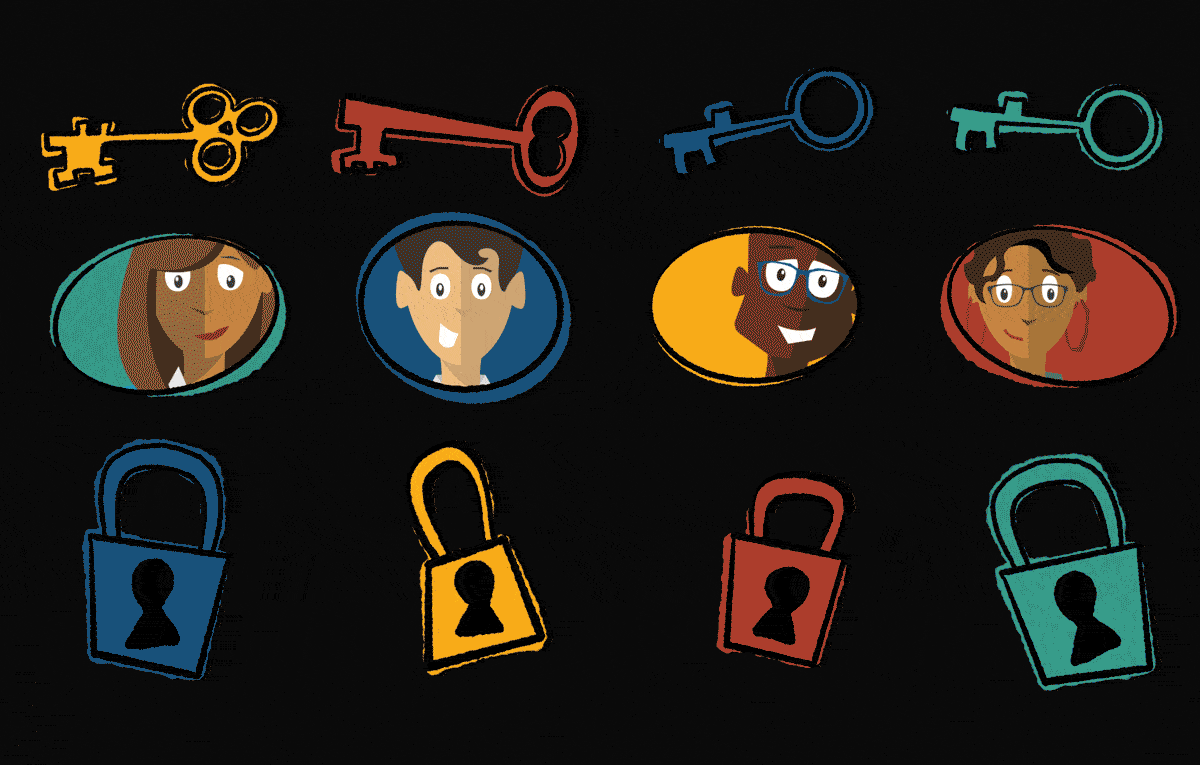
Accessibility requires us to consider the full range of human diversity.
Accessible, inclusive design takes disabilities into consideration. However, not all users who require accessibility are disabled. Inclusive design also takes note of the differences in how people use technology to connect: language, geography, cultural differences, and different abilities all affect how end users can successfully connect in a digital space. The key to accessibility lies in fostering those connections no matter who is using the system.
The result of ignoring accessibility
To come up short and encounter a mismatch between the needs of individual users and the services available to them results in a common trait of technology, services, and the world at large: exclusion.Instead, accessible edtech requires CTOs to devise solutions for inclusion on a mass scale: technology (both software and hardware) designed for everyone.
This might look like hardware which does not require fine motor skills to use. It may include built-in translation. It may be as simple as turning on video subtitles. Truly accessible technology is unobtrusive, because it’s designed to serve any individual user.
Explore the possibilities of accessibility
All accessibility stems from the idea of a universal right to access. Rather than troubleshooting for diagnoses present in the community, instead pinpoint the problems people have using technology. Instead of deafness, think “Some users have problems taking in audio for various reasons. They need a solution based on visual cues: subtitles.” This consideration creates opportunities to serve multiple populations.Assess the current infrastructure to find more opportunities for improvement. Reach out to users and run usability tests. Capitalize on low-hanging fruit by updating processes to be more inclusive automatically, without waiting for requests: subtitles, translation services, inclusive web design, dual audio tracks (one for voice and one to describe the action on screen) are all examples of ways to boost inclusivity automatically and easily.
Consider that students not only need the tools required to complete schoolwork alongside peers of all abilities, but also social participation in digital activities. All of their digital citizenship experience adds to their skillset to pursue future careers and education.
Make accessibility a priority
Is accessibility a priority, or a perennial to-do list item? The commitment to developing a plan to not only embrace, but continue to strive for an accessible infrastructure, requires a shift in process and attitude.Most of all, communicate how important accessibility is to edtech partners. It’s a good sign if your vendor can speak to their awareness of accessibility by articulating how they give attention and time to inclusive design. It’s yet another application of the old saying: what matters gets measured. Accessibility matters to students, staff, parents, and community members. It needs to matter to edtech vendors, too.
It’s 2020. Inclusion is cool. More than being cool, accessible technology offers the life-changing ability to tear down barriers between an individual and the world.
Follow-up resource: Design thinking for leaders
Here's how to think like a designer when solving perennial problems in K12 schools.WHAT'S NEXT FOR YOUR EDTECH? The right combo of tools & support retains staff and serves students better. We'd love to help. Visit skyward.com/get-started to learn more.

|
Nou Chee Her Edtech Thought Leader |





